Some ideas for things to do and places to visit while on the Costa Brava.
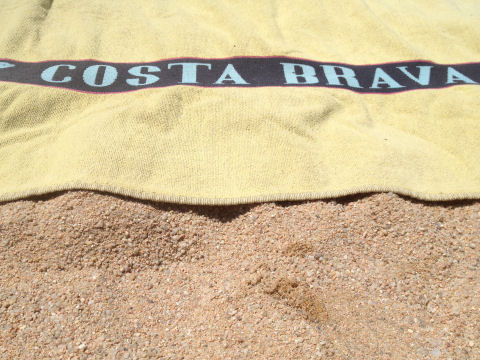
Perhaps you have arrived for a day or two aboard one of the big cruise liners that call in at Palamós or Roses. Maybe you’re on your hols and fancy a day or two away from the beach. Or you could be experiencing a less than perfect beach day maybe you want to find something else to do. Maybe it’s time to think of Costa Brava day trip ideas.
Whatever your reason for escaping the coast there are always plenty of other things you can do within easy reach and going inland to explore the region’s historic and natural sights will give you a better idea of what Catalonia is really about.
Day trips from the Costa Brava
If you want to explore the area a little or interested in learning more about the history and culture of Catalonia you have a variety of options. As well as staying on the coast you might want to spend a day further inland, or travel down to Barcelona. Catalonia’s main city is better explored when it is a little cooler though and many locals depart the city during the summer months and head for the beach. As well as the usual Gaudì architecture, there are usually a number of football matches played at Camp Nou in August, and the club museum is one of the most popular in Spain.
The Salvador Dalí triangle
The eccentric Salvador Dalí was born in Figueres, owned a house in Portlligat near Cadaqués and later lived in a castle in a castle at Púbol.
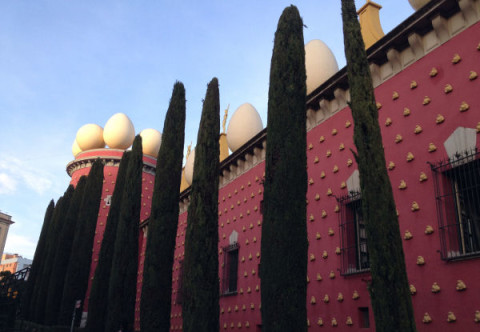
Today you can visit museums in all three locations as part of the so-called “Salvador Dalí triangle”. The main museum is in the former Figueres theatre, the Teatre-Museu Dalí and has a good representation of his work, although some of his best known pieces are held by other collections. It’s probably too much to visit all three in one day, but certainly comfortable to do the three museums over two days providing you have a car.
Pals and Peratallada
The Costa Brava has numerous medieval towns but two of the best examples in Baix Empordà are Pals and Peratallada, which are close enough to explore together in one day.
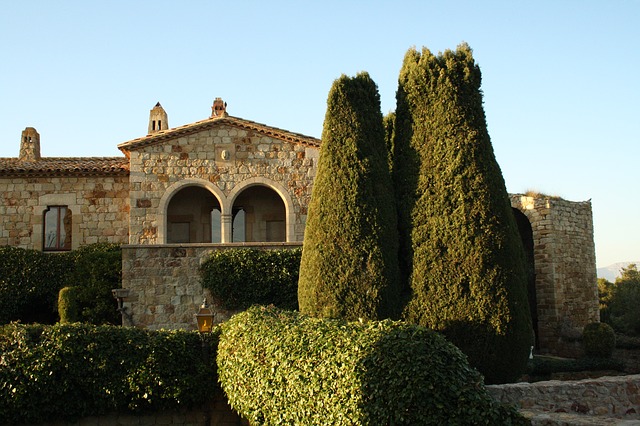
The two towns have been extensively renovated and probably overly gentrified. They are popular as tourist destinations and attract large numbers of visitors in the summer, attracted by the picturesque streets and largely stone construction.
Besalú
The town of Besalú was already documented as early as the 10th century and today is one of the best examples of medieval towns in Catalonia.
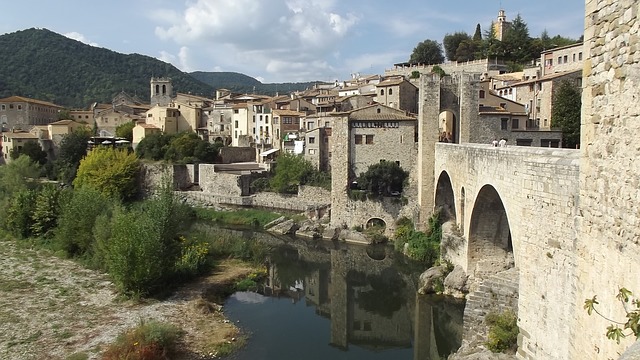
Located in the comarca of Garrotxa, in the 1960s it gained status as a national artistic/historic treasure thanks to its architecture.
During the middle ages the town was home to a strong Jewish population that received protection from the King. However, under the terms of a royal decree issued by those wonderful monarchs bloody thirsty murderers Ferdinand and Isabella in 1492 – the same year Columbus set sail for the Americas – Jews and Muslims were offered the choice of converting to Catholicism or being expelled. The Jewish population quite naturally dwindled and even those who chose to convert would have come under scrutiny of the Spanish Inquisition.
The town is accessed via a stone bridge that spans the Fluviá and among the medieval stone streets you can see the Jewish baths, the Monastery of Sant Pere de Besalú and other medieval treasures.
Bird watching
If you fancy a spot of bird watching then head to Parc Natural dels Aiguamolls de l’Empordà, an area of marshland that lies in a protected area on the Alt Empordà between the Fluvià and Muga rivers.
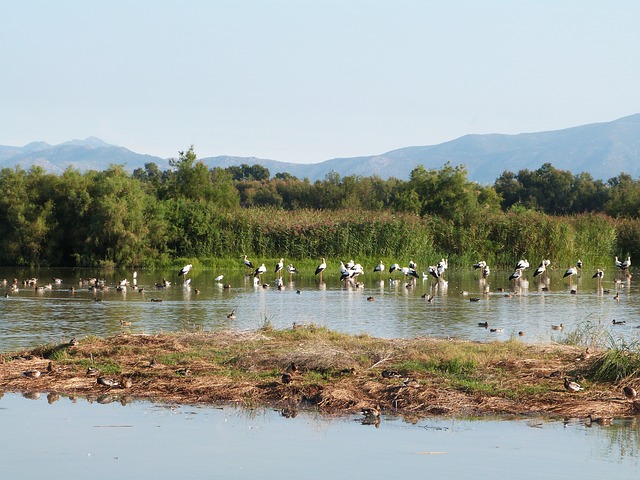
The area gained protected status after a campaign in the 1980s to prevent it from being developed and is the second largest wetland in Spain, covering an area of more than 4,800 hectares.
The park makes for a pleasant few hours and depending on what time of your you visit you can see storks in their nests high in the trees, or view more than 300 species of birds from the hides build along the way. Apart from storks, species include the Great Spotted Cuckoo, Spoonbill, Nightingale, Collared Pratincole and Stone-curlew.
Just don’t forget to take your binoculars.
Cap de Creus
The Cap de Creus (literally Cape Cross) is the eastern most point of the Iberian peninsular and has to be experienced to be believed.
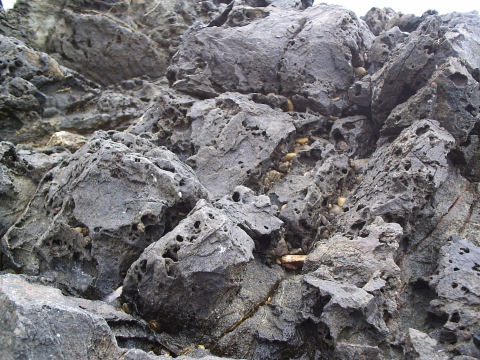
Cadaqués and Port de la Selva are both found here, with the volcanic rock formations familiar to anyone who has spent any time gazing at Dalí’s works. The dark rock gives the area a stark beauty, which is even more pronounced with the northerly tramuntana is blowing.
The lighthouse provides spectacular views of the area and houses a restaurant and bar, which provide an excellent view over the Mediterranean.
Girona
While Catalonia’s capital is where most people head for a city break, Girona has the advantage of being much smaller and therefore more manageable.
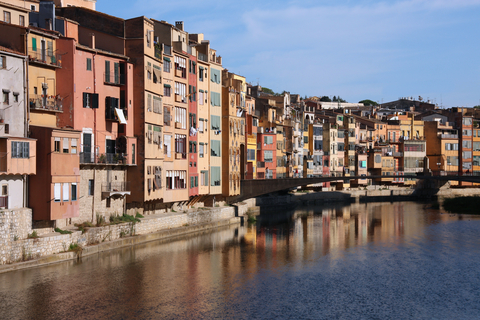
While it may lack the high profile museums of Barcelona, there is still plenty to do. The medieval Jewish quarter is provides an idea of how people lived in those days before the Jewish population was driven from throughout Spain during the inquisition. Also see the city walls, the coloured houses along the banks of the Onyar and the Cathedral that dominates the city from a distance.
Barcelona
Barcelona is Catalonia’s biggest single destination and while you will never be able to do the city justice in a single day it can still be worthwhile visiting if that’s all the time available to you.

Depending on where you are based the bus or train might be good options to get there, but you really need a plan your day prior to getting to the city as there is an awful lot going on at all times.
One of the easiest options is simply to take the hop on/hop off tourist bus which shows you some of the best sights in Barcelona and allows you to spend time at the ones that really interest you. Definitely worthwhile to get that overview, although truthfully you need to spend much longer to really take in Barcelona.
Another option is simply to restrict yourself to a single area. The Ramblas and Barri Gòtic might be a good starting point and if you only get a taster this time you can plan to spend longer the next time you visit; or you can head for one of the city’s museums and spend the remainder of your day in the vicinity.

